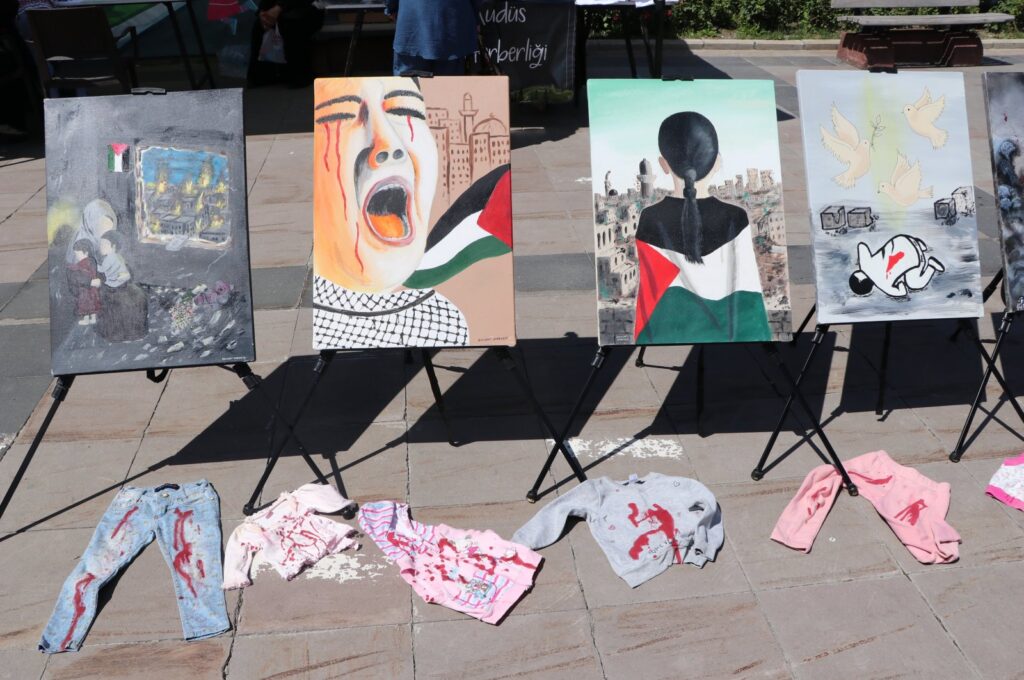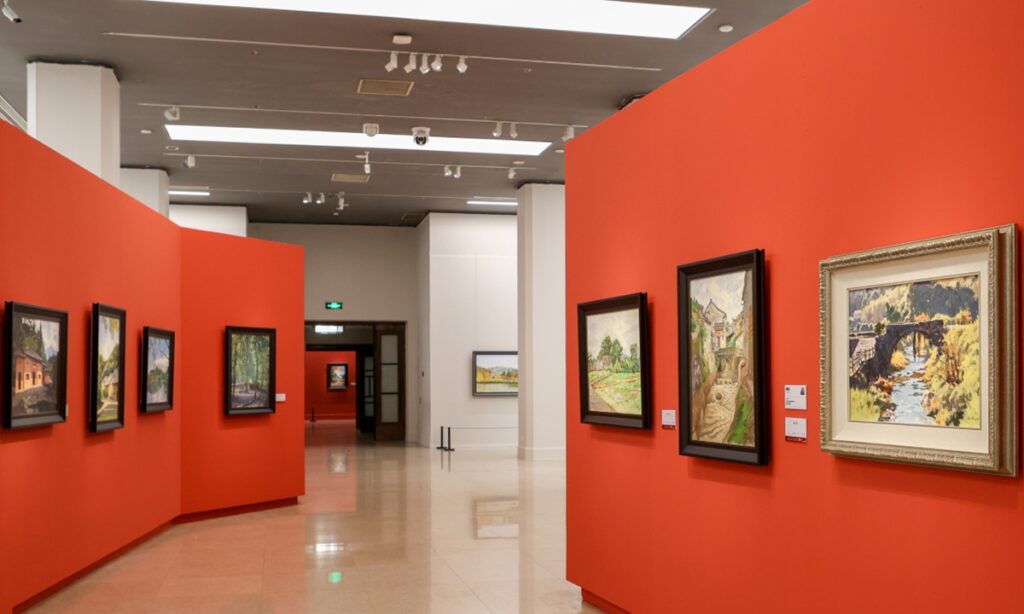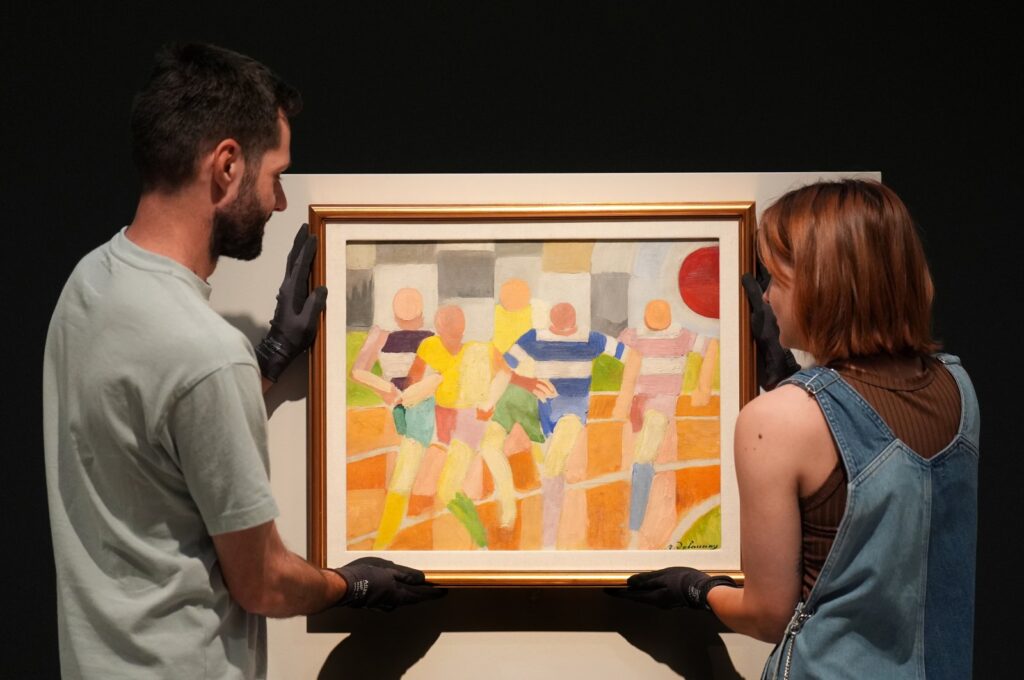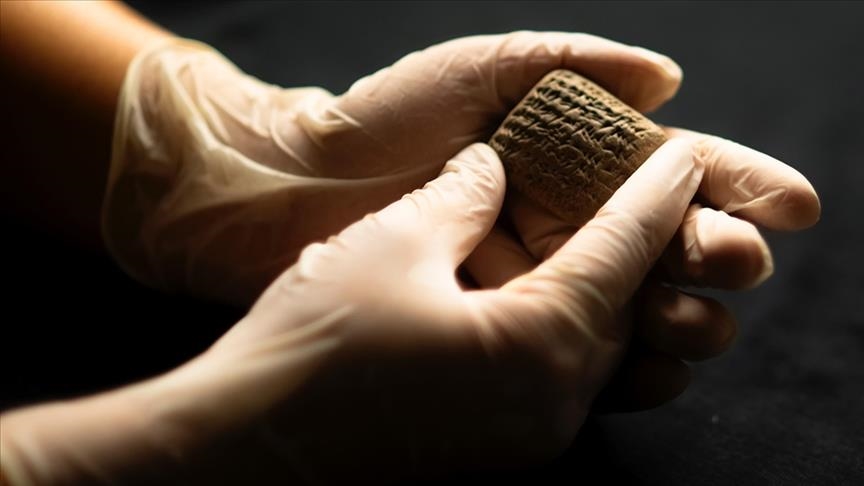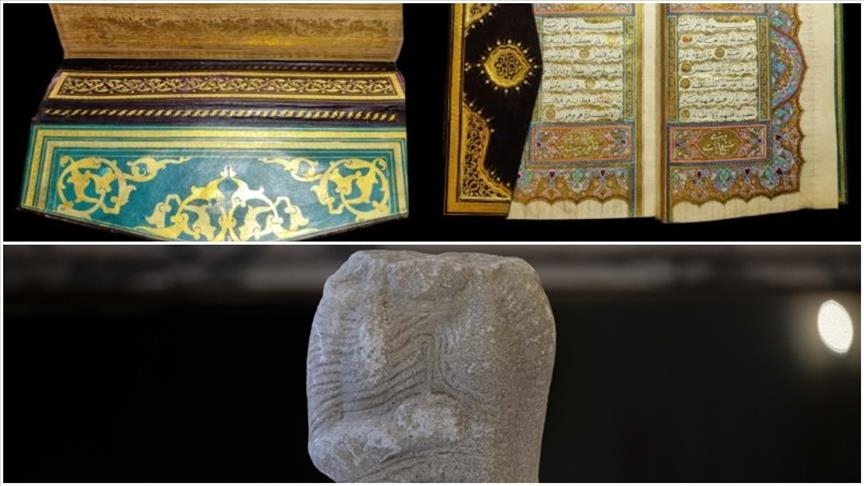
SALT, Jordan (AA): Located in the city of Salt near Amman, the capital of Jordan, a building from the Ottoman period called Iskandarani has been continuing to preserve its architecture and history by standing the test of time.
Salt is considered the fourth largest city in the Hashemite Kingdom of Jordan. The name of the city is also known as “Saltus,” referring to the Greek commander who captured the city and built a temple during the time of Alexander III of Macedon, commonly known as Alexander the Great.
Iskandarani is accepted as one of the symbols of the Ottoman period in the city. The historical building, the construction of which dates back 180 years, was renovated by its heirs of Turkish origin in accordance with its original form and now serves as a modern cafe for local and foreign tourists.

The owner of the cafe, Muhammed Bakir, 38, told Anadolu Agency (AA) that the venue had been used as a horse shelter at first, then turned into a confectionery workshop in 1960. According to Bakir, the confectionery workshop sustained its activities until 1982.
Noting that Iskandarani was abandoned until 2016, he explained: “Later on, I and my uncle, whose origin was from the Iskenderun district of southeastern Turkey’s Hatay, decided to turn the building into a cafe in its current form. We named it Iskandarani, which means someone from Iskenderun.”
Stating that the venue is characterized by the structure known as the arch system or the Ottoman knot motif, Bakir said that inheriting the building from their ancestors and reviving Ottoman history here connected them to the place as well as motivating them.
Noting that half of the building is at the bottom of the street and that there is a cave where they accept visitors inside the structure, the owner noted that the atmosphere of the place, its menu and Turkish music broadcasts distinguish it from other places.


“The venue is so close to the Salt Turkish War Memorial. Every Turk who goes there drops by the cafe and drinks his tea here,” he said. The war memorial honors the nearly 300 Turkish soldiers belonging to the 4th Army 48th Division and the 143rd, 145th and 191st Infantry Regiments, who were martyred as they heroically defended the area against the British between March 24-26, 1918.
Expressing that foreigners from different cities of Jordan come to their cafe as well as local visitors, Bakir continued that they aim to expand the venue in the near future due to the great interest of the customers.
Nur Melkavi, one of the customers of the Iskandarani Cafe, said that the venue is a beautiful and orderly place; it has a historical feeling, and everything in it is cute and special.
Fifteen-year-old Yasmin Arafat, who visited the place with a group of tourists, said, “Everything here is historical. This place takes us back to the old days, as our parents told us.”
British tourist Natasha Col, 38, said that she visited Jordan for the first time and that the historical building in Salt made them feel the Ottoman atmosphere.
Jordanian Mahmud Amir, who drank Turkish tea at the cafe, described the place as the “soul” of the city of Salt, adding: “There are certain landmarks that you must see by when you come to the city. This cafe is one of them.”

War memorial
During World War I, a handful of soldiers tasked with protecting the city of Salt and the Jordan Valley, which is a gateway on the Palestine-Jordan road, did not give way to the enemy army – not for a moment thinking of retreating – and fought right up until they were martyred.
The bodies of these heroes who died for their homeland were found in a small cave in 1973, years after the war. At the memorial, which started to be built in November 1989 in memory of the heroic soldiers, visitors are greeted by a monument inscribed with the names of the heroic soldiers who were martyred here about a century ago.
The monument lists the names of 172 martyrs, 168 of whom were born in Turkey and four of whom were born in Amman, who have been identified so far. Inside the cave, there is a representative tomb built for the memory of the martyrs, and the Quran is recited nonstop for 24 hours a day.

Next to the cemetery, there is also a museum, which was opened in 2009. Here, photographs describing the heroism of the Ottoman troops in the region, as well as the uniforms worn by the soldiers of the period and the equipment they used, are exhibited.
The city of Salt was named a “city of tolerance and urban hospitality” by UNESCO and included in the World Heritage List on June 27, 2021.
Standing out with its cultural and religious diversity, the city hosts many historical, archaeological and heritage sites, especially the Ottoman Palace House, which was built on the occasion of Sultan Abdülhamid’s ascension to the throne.
The post Iskandarani: 180-year-old building from Ottoman Empire in Jordan appeared first on The Frontier Post.



